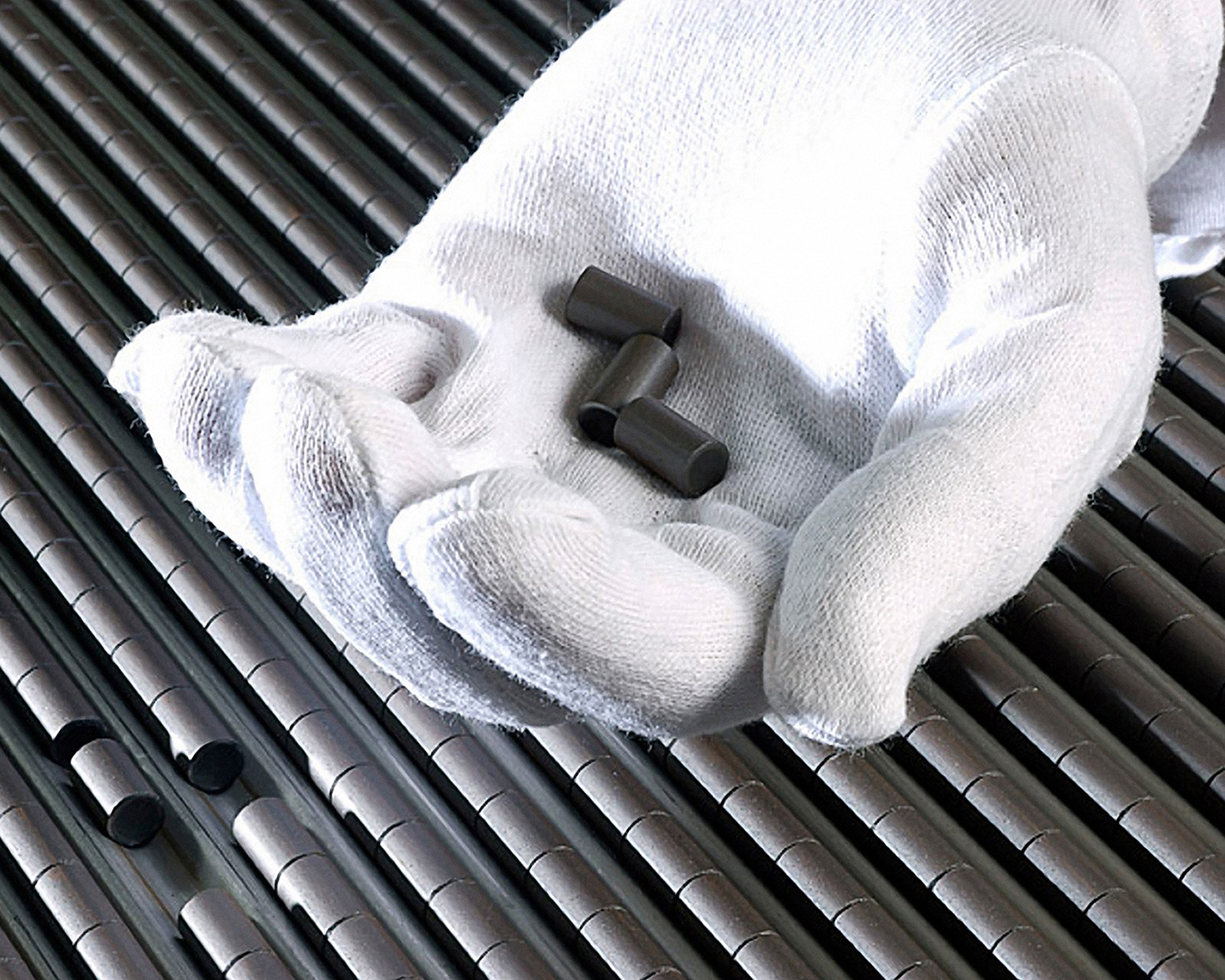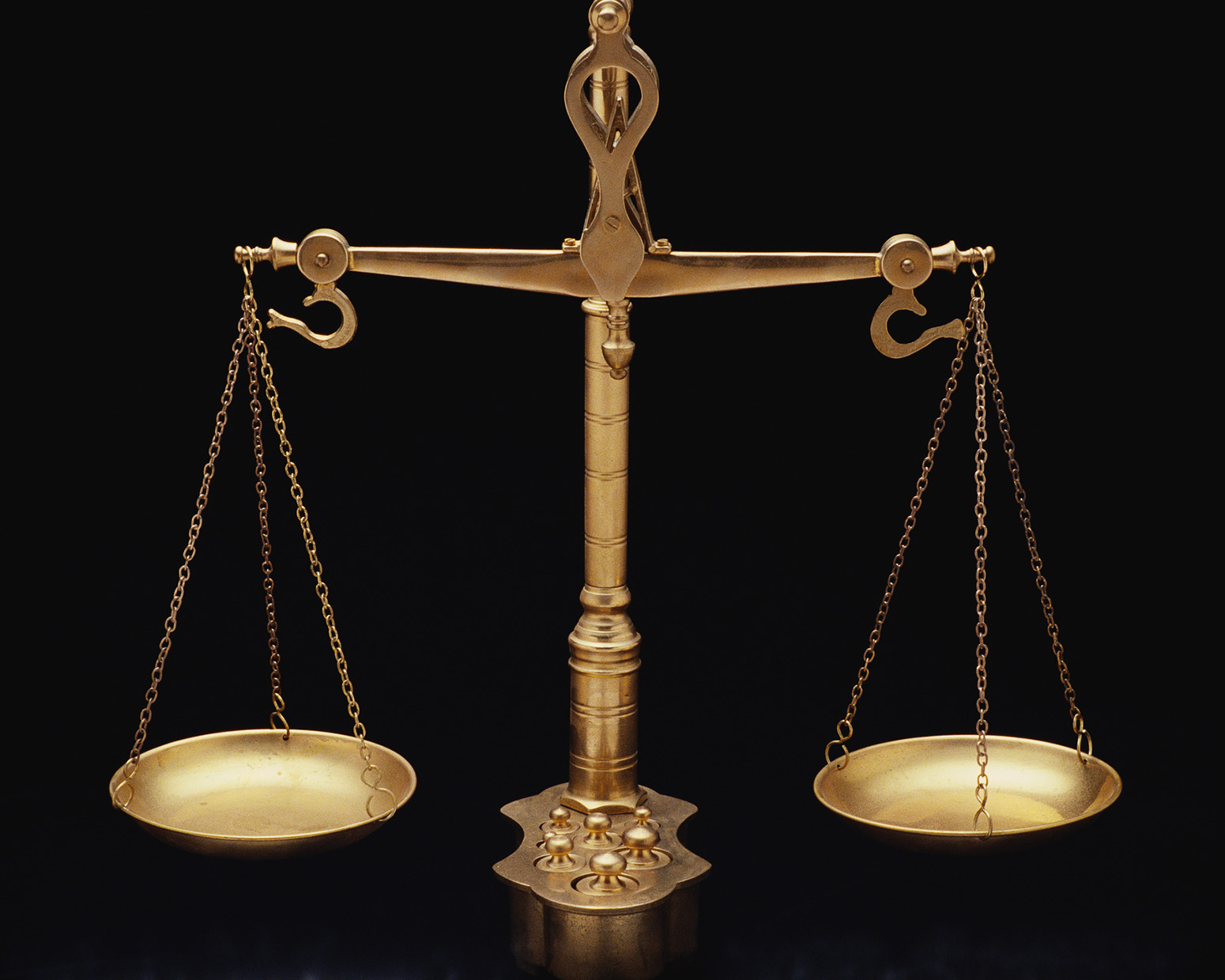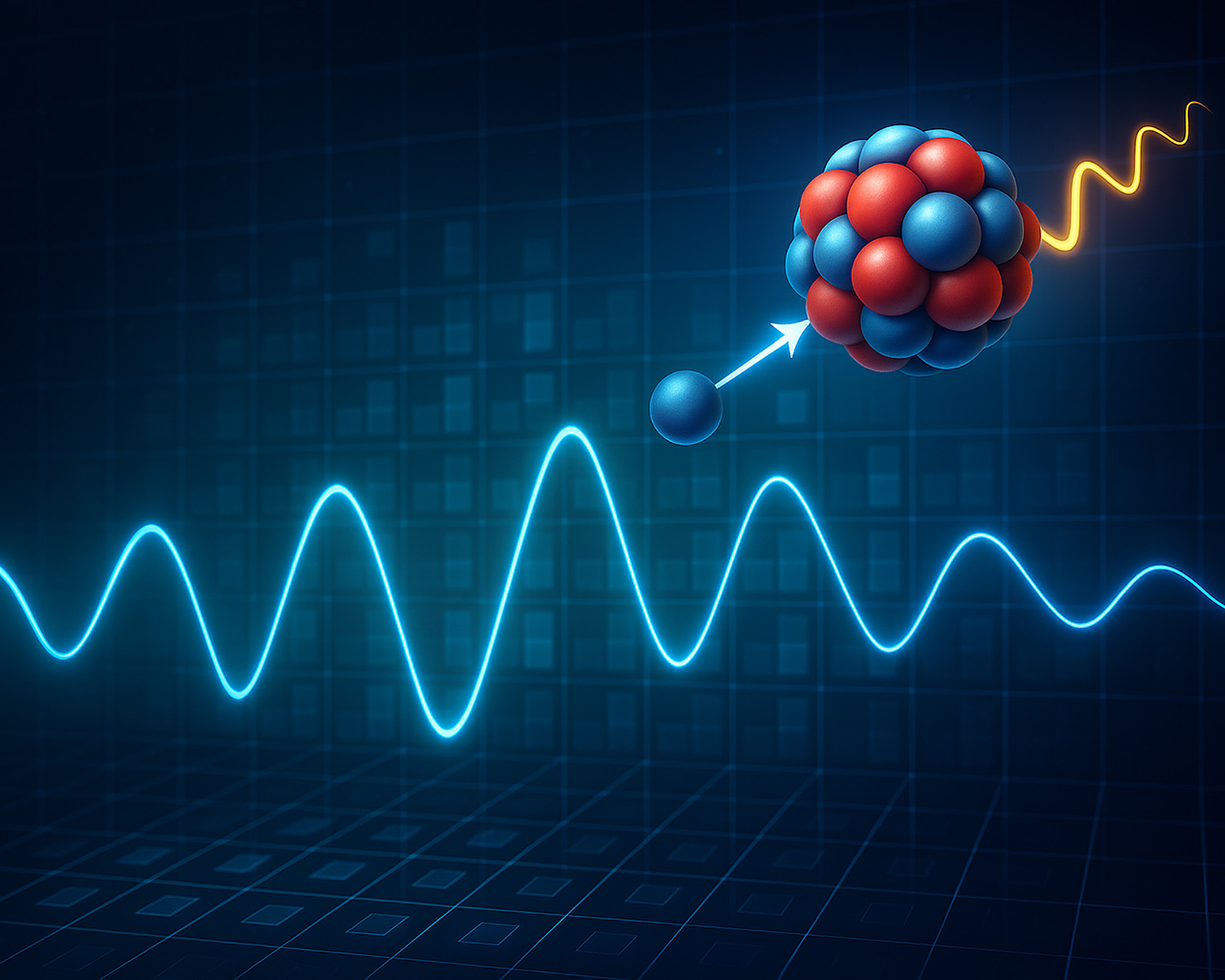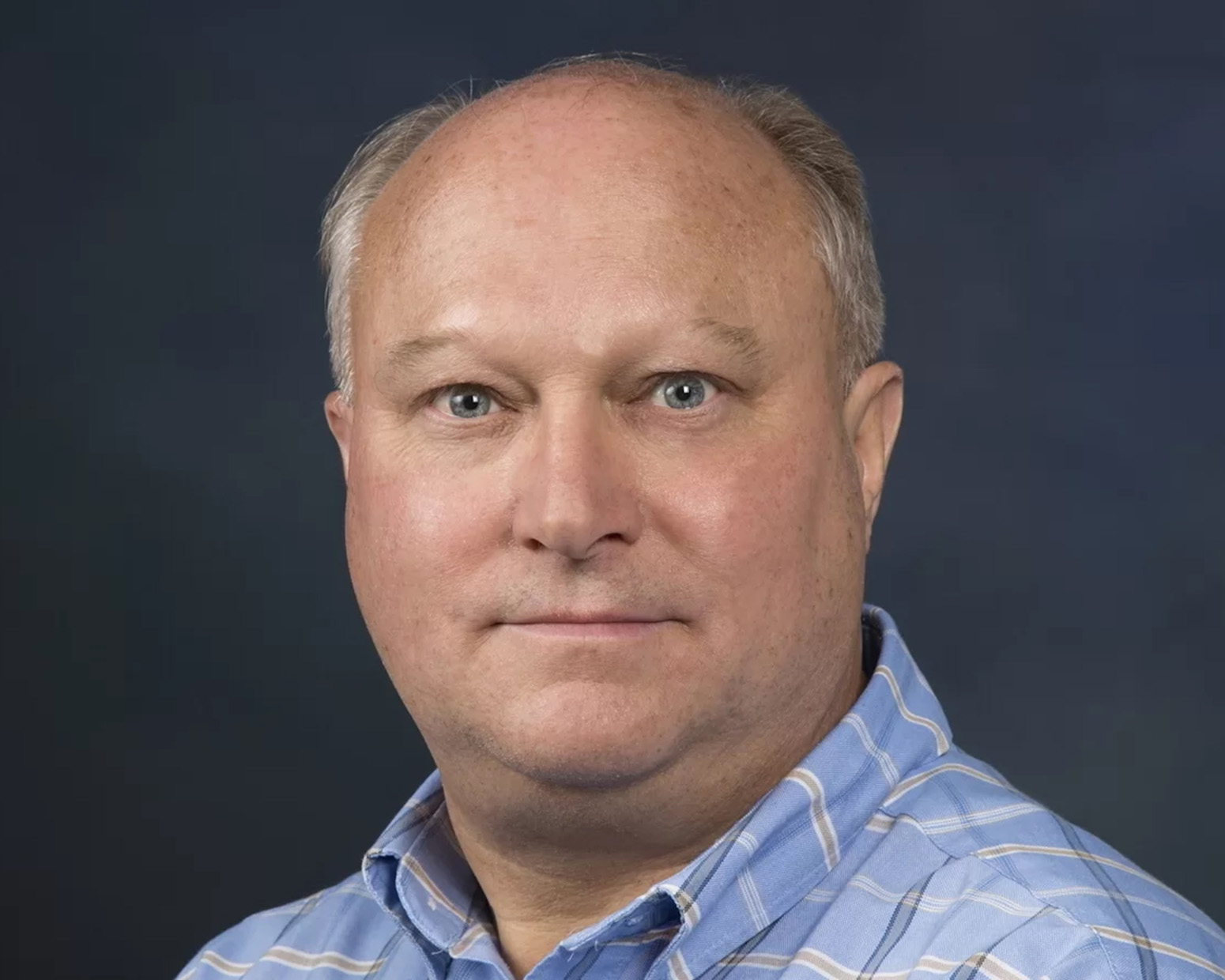What happens to uranium dioxide when it is doped?
Helping to squeeze more power out of reactors

A new model from Los Alamos and Idaho national laboratories can predict how uranium dioxide fuel that’s been modified with additives might undergo changes in light-water reactors.
Positive changes, like reducing stress on the cladding and providing additional margin, bring potential opportunities to operate nuclear reactors more effectively to meet rising electricity demands.
Paper describing mechanistic model development
Why this matters: Increasingly, fuel manufacturers are using dopants to modify uranium dioxide fuel pellets to improve performance under normal reactor operations and accident conditions. Using this new model, researchers can delve into the relationship between microstructure and mechanical deformation, which will support efforts to confirm the benefits of the fuel.
Key points:
- One goal of the DOE Office of Nuclear Energy’s Nuclear Energy Advanced Modeling and Simulation program is to develop detailed physics-based tools to model fuel performance.
- This new model, using an artificial neural network, was compared with a fully empirical model for fuel performance and demonstrated improved predictive accuracy when validated against real reactor data.
- This research leverages the Laboratory’s expertise in lower-length scale simulations and nuclear fuel modeling to develop state-of-the-art models for describing fuel behavior across a range of conditions.
Funding: DOE Office of Nuclear Energy’s Nuclear Energy Advanced Modeling and Simulations program
Related: Technical paper showing implementation of mechanistic model for fuel performance
LA-UR-25-27361





